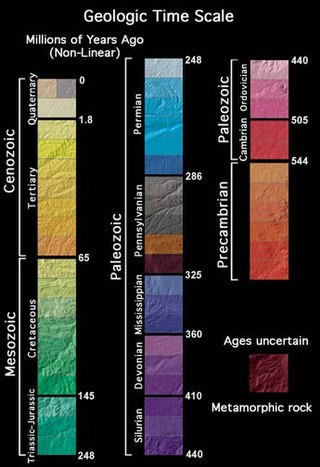Top Qs
Timeline
Chat
Perspective
Physiographic regions of the United States
From Wikipedia, the free encyclopedia
Remove ads
The physiographic regions of the contiguous United States comprise 8 divisions, 25 provinces, and 85 sections.[1] The system dates to Nevin Fenneman's report Physiographic Divisions of the United States, published in 1916.[2][3] The map was updated and republished by the Association of American Geographers in 1928.[4] The map was adopted by the United States Geological Survey by publication in 1946.[5]




The classification hierarchy used in the 1916 publication of the American Association of Geographers was division/province/section/subsection. The use of province in this hierarchy undoubtedly confounded the effort to develop a physiographical map consistent across the North American continent since Canada used province as the term for its first-level political subdivision. Province in Canada is a loose analogy for state in the US, and obviously would create great confusion if the same word was used in two vastly different geographical classifications. As late as 1914, the terminology used by an AAG publication used the term "natural region" as the basic denomination of physiography.[6] That work showed 22 examples of how geographers had published works classifying North America into what had been defined as natural regions. Most included all of North America without regard to political subdivision.
Fenneman expanded and presented a derivative of this system more fully in two books, Physiography of western United States (1931),[7] and Physiography of eastern United States (1938).[8]
Remove ads
Physiographic divisions
Remove ads
References
Wikiwand - on
Seamless Wikipedia browsing. On steroids.
Remove ads
